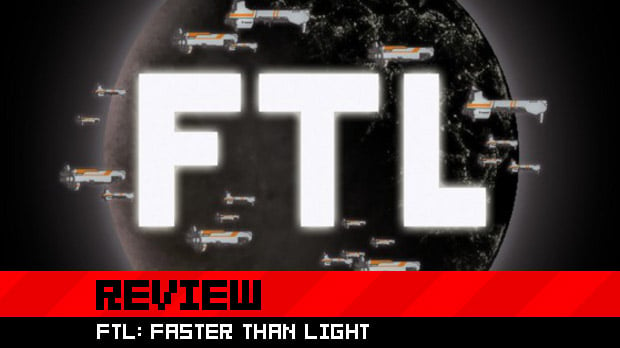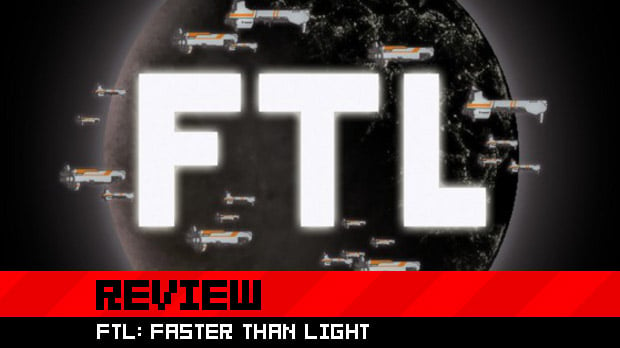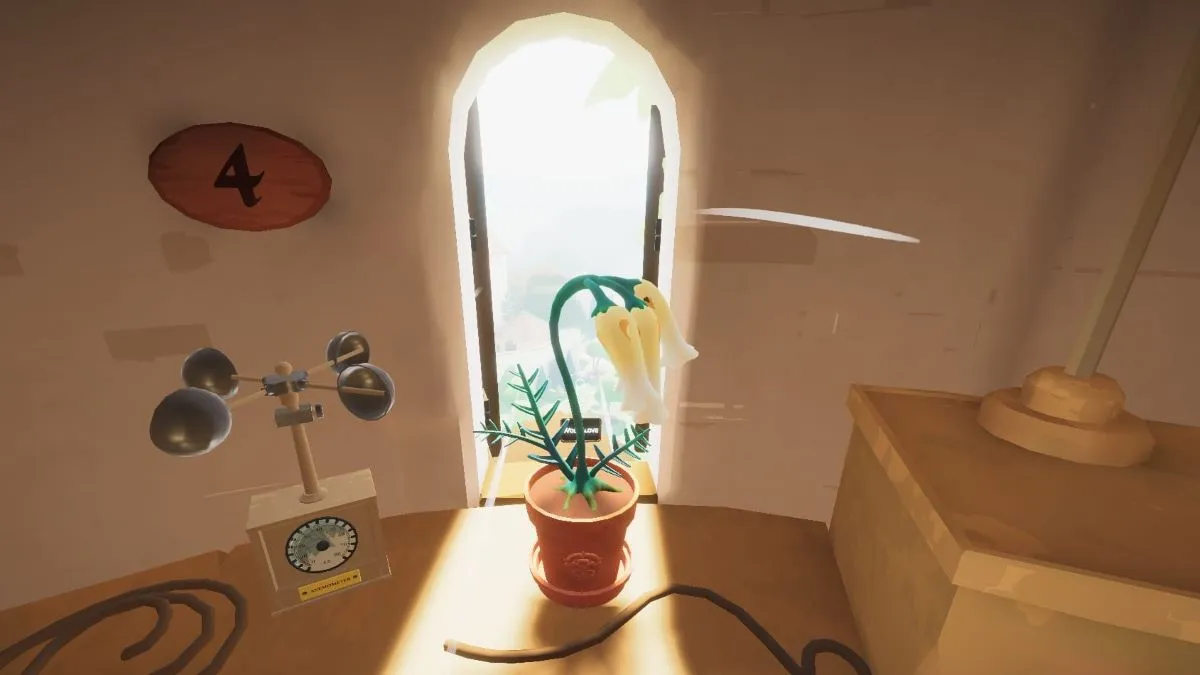The HMS Tribble was on fire. Every single room from the engine room to my recently purchased drone control room was being consumed one tiny square at a time. The valiant Captain Jack Jack was frantically attempting to regain control of the helm, while the other two surviving crew members — the brave Weapons Officer Beth Buttons and the ingenious Engineering Officer Jerry Trifle — were working together to get weapons back online. A hull breach appeared, then another, then another. Red was flashing everywhere, and now the oxygen was running out.
The enemy ship, a Rebel fighter, was almost forgotten, but not for long. The sound of a teleporter rang through the corridors of the Tribble — boarders had arrived. An insane move from my foe, the invaders would die with my crew when the ship inevitably explodes, I thought. They ran straight for the weapon control room, where Officers Buttons and Trifle were already close to death. Blasters fired, and I was down two more crewmen.
Only Captain Jack Jack was still alive. He had actually managed to put out the fire in helm control, but he could do no more. He stood down and waited to face death from the hands of the boarding party, but the cowards would not comply. They teleported out and then sent in a mine, my worst nightmare. The explosion rocked the ship, and then she was no more, the hull being utterly ripped apart. Those were the final moments of the HMS Tribble, fifteen minutes into starting my first game of FTL: Faster Than Light. I’ve never had so much fun failing.
FTL: Faster Than Light (Mac, PC [reviewed])
Developer: Subset Games
Publisher: Subset Games
Release: September 14, 2012
MSRP: $9.99
FTL is a roguelike, ship management, space strategy game, but more importantly it’s a game that offers up an infinite number of short, intense, and compelling stories that rarely go on for more than an hour or two. The Federation, the good guys, are on their last legs and their existence is about to be snuffed out by the evil Rebels. You command a small ship with important information, and must make it across eight dangerous sectors of space to warn the Federation of the impending attack. The story just sets the scene; spinning a real yarn out of it is down to the player and the countless random encounters scattered throughout the galaxy.
Initially, there is only one ship, manned by three humans, which you can select for your spacey adventure. You start with a couple of nice weapons, but bugger all else, though before long you’ll be packing some serious firepower. The ship and initial crew are already named, but they can be customized, hence the HMS Tribble and good old Jerry Trifle — whose name, I should add, is an awesome pun that nobody appreciates. When the ship and crew you name get blown to smithereens, it hits all the harder, and their names are certainly easier to remember for the purposes of screaming them at the sky as it pours with rain.
It’s possible to browse the list of ships you can eventually unlock and the game helpfully hints at how you may acquire these mysterious vessels; It’s like getting a quest before the game even begins. There’s also an option to select an alternative room layout, though such an addition requires players to unlock two of three listed achievements.
FTL may be challenging and even unfair, at times, but Subset Games have made an effort to provide plenty of information for players and make sure that the important basics are all covered. Every item and system is clearly and concisely explained, there’s a straightforward but helpful tutorial, and the aforementioned achievements and unlockables give players goals to focus on right from the get go. Trust me, if you think the initial goal is getting to the end, you’re kidding yourself. Or maybe I’m just awful (I am), but damn is this a tough bastard of a game.

Each sector of space is filled with beacons which can be explored, and at first there are no clues as to what’s out there, though getting sector data from other ships can provide a little more information. It could be an enemy ship, or a sun throwing a solar flare temper tantrum, or maybe both. There are mercenaries who could be friend or foe, space stations that need help, traveling merchants, commercial planets, ships in distress, and devious traps laid by the foul Rebels.
After a few games, it’s hard not to notice that, while there are a lot of random events, they do repeat frequently, often within the same game. Thankfully, the races of the crew, the specific systems onboard the ship, and the text options chosen during the event can alter the encounter quite a bit, and rewards are randomized too. So having a varied crew and adding new components to the ships is a must. Rockmen are tough and immune to disease, Slugs are telepathic, the Engi are amazing engineers and synthetic; each race has skills and attributes which not only lend themselves well to specific roles on the ship, but to the text adventures as well.
That spartan nature of exposition in the game encourages players to craft their own narrative, which is wonderful, but the galaxy itself is a slightly dull place and that does hamper proceedings somewhat. The races and the setting are not fleshed out at all, and the absence of context leaves quite a large hole. The small, yet fun text adventures which crop up from time to time could similarly have benefited from a bit more meat and actual characters, as there’s not much there to drive exploration — which is already risky considering the massive enemy fleet hounding you and swallowing up the galaxy behind you — besides getting more scrap (FTL’s currency), weapons, and the occasional new ship system.

While there are lots of opportunities to avoid combat, it is the nail-biting, everything-to-lose, life-or-death battles which really make FTL something special. Death is waiting around every corner, and as with any roguelike, death is permanent. With the Kestral, the starting ship, things begin quite slowly and simply. There are only two weapons to worry about, and no additional systems like teleporters or drone control, so it’s is rather easy to get the hang of things. The laser cannon shoots out three shots in one go, usually taking out shields quickly, or a missile can be launched, penetrating shields, often taking out systems in one shot. As enemies become more powerful and complex, new weapons, upgrades and augments are necessary to avoid a nasty case of getting set on fire or facing the bleak emptiness of space without a spacesuit, and inevitably the simple tactics from the start are shoved out the airlock.
The Engi ship, on the other hand, starts with drones, ion cannons, and no missiles whatsoever. Fighting in that vessel demands more attention to enemy shields, and a focus on shutting down systems instead of doing direct damage. Early on, it’s quite empowering. The Engi ship was the first one I unlocked, and it made the first few sectors an absolute breeze compared to my experiences in the Kestral. I’d even started working on a maniacal laugh, as I shut down my foes’ weapons and watched as my trusty little drone peppered it with deadly laser blasts. Of course, that didn’t stop me from being destroyed before I reached the end in that particular game.
The plethora of choices kept FTL fresh long after I expected it to get a bit stale. Encounters may be continually recycled and repeated, but how I dealt with them changed on a game-by-game basis. Early on, I had learned to fear even the slightest bit of hull damage. While shields can be repaired and regenerated easily, repairing the hull requires a pit stop at the, to be fair, quite common “stores.” Yet, the ever present threat of total annihilation made me only feel remotely safe when I had 100% hull integrity. So, in most games, I like to upgrade my shields pretty quickly, so that at least laser and beam attacks become less of a concern. This strategy went completely tits up when I got myself a ship which had absolutely no shields whatsoever. I had to learn how to play all over again, focusing on the ship’s cloaking device rather than shields. I approached battles more timidly, and I made certain I knew if there were ships in the beacons I was heading to — it was horrible, stressful, and bloody exciting.

A quick game of FTL offers up a bounty of stories and anecdotes despite the absence of a plot or real characters. It compels players to annoy their friends and co-workers with tales of narrow escapes from Mantis slavers, terrifying encounters with the Rebel armada, and that one time you lost half of your crew to a spider infestation. Death and failure are not obstacles or punishments, they just mark the end of a particular story which had plenty of ups and downs, victories and cock ups, then you dust yourself off again and start a new adventure; one that might end in that illusive final victory.
The no-nonsense pixel art and the delightfully sci-fi soundtrack are great, the latter more so than the former, but they soon made way for the theme tunes and memories of so many space-faring TV shows and films. I couldn’t help but imagine myself as Kirk, or Picard, and most certainly Mal Reynolds, and on occasion I confess that I did listen to a playlist of suitable music taken from Star Trek, Star Wars, Battlestar Galactica and quite a few others. How could I not?
More than any other game I’ve played, more than the incredibly complex X series, more than the fanboy-titillating Star Trek: Bridge Commander, FTL made me feel like I was in command of a starship. Or, rather, a series of constantly exploding starships. If that’s something you’d be into, and I certainly don’t want to know you if it isn’t, then do yourself a favor and grab FTL.





